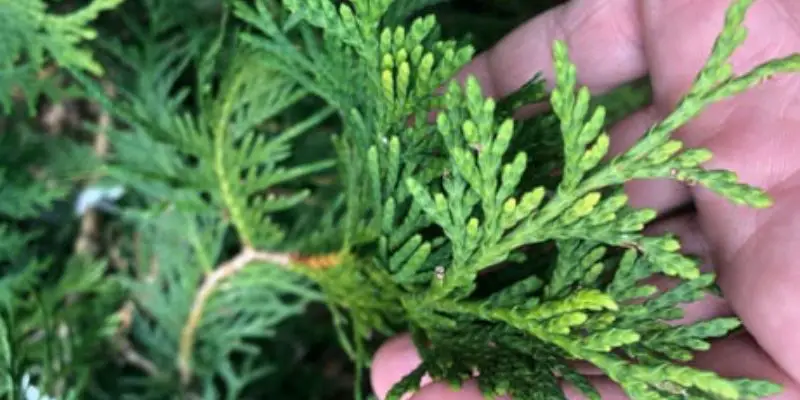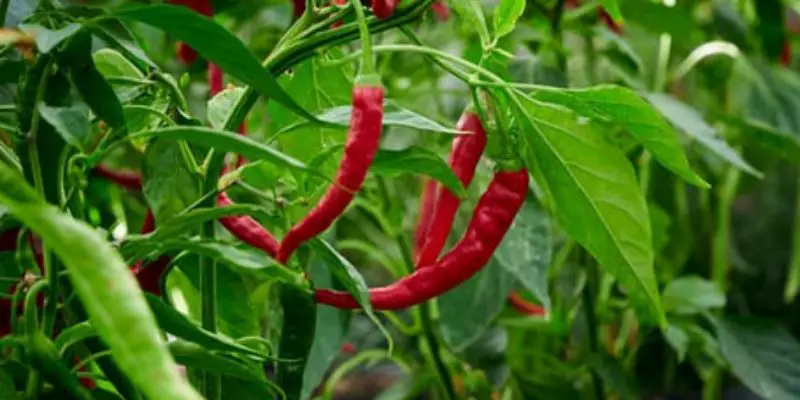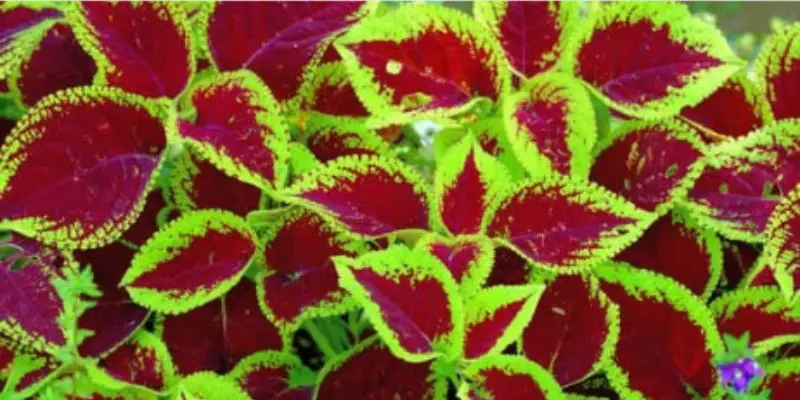With their fast growth rate and towering, elegant form, Green Giant arborvitae are prized evergreens in landscapes. However, their rapid growth often needs taming through proper pruning to keep your Green Giants shapely and healthy. Learning when and how to prune Green Giant arborvitae is essential for maintaining these beauties.
In this comprehensive guide, you’ll master expert Green Giant arborvitae pruning techniques. As an ISA Certified Arborist with over 10 years of experience, I’ll share critical tips on tools, timing, branch selection, troubleshooting, and aftercare for the best results. Follow these best practices tailored specifically for pruning Green Giant arborvitae, and you’ll have thriving specimens that enhance your landscape’s curb appeal.
Introduction to Pruning Green Giant Arborvitae
Green Giant arborvitae grow up to 3 feet per year in ideal conditions. This rapid growth rate requires occasional pruning to keep them neat and shapely. Selective trimming eliminates problem branches and stimulates dense new growth. Pruning also balances the form, slowing top growth to allow the lower canopy to fill out. With the right technique and timing, you can easily maintain the distinctive conical shape and lush green color of your Green Giant arborvitae specimens.
When to Prune Green Giant Arborvitae
Pruning your Green Giants at the optimal times encourages vigorous growth:
- Early to Mid-Spring – Prune as soon as new growth emerges. Cuts seal quickly in spring’s active growth phase.
- Mid-Summer – You can do light maintenance pruning in summer if needed for shaping.
- Late Fall – Prune only lightly after late summer to avoid winter damage to new growth.
- Avoid Winter – Pruning during dormancy can stress trees and increase disease susceptibility.
Pruning in spring or fall allows thorough shaping while avoiding growth disruption.
Tools Needed for Pruning Green Giant Arborvitae
Having quality tools makes pruning faster and easier:
- Hand Pruners – For smaller stems up to about 1⁄2 inch diameter
- Pole Pruners – Essential for reaching the tops of tall arborvitae
- Loppers – Long handles and bypass blades allow thicker branch pruning
- Pruning Saw – For large branches that won’t fit other tool’s blades
- Disinfectant – For sanitizing tools between trees to prevent disease transmission
The right tools suited to the job make pruning convenient and efficient.
How to Select Branches to Prune on Green Giant Arborvitae
Careful branch selection maintains tree health and form. Prioritize:
- Broken, damaged, or diseased branches
- Branches rubbing or crossing each other
- Interior branches shaded out by outer canopy
- Fast-growing upper branches to balance height and base growth
- Wayward branches straying outside the neat conical shape
Avoid taking off more than 15-20% of living foliage in one pruning session. Excessive pruning stresses trees. Schedule major reshaping over successive years for best results and tree recovery.
How to Prune Green Giant Arborvitae – Making Proper Pruning Cuts
In addition to what you prune, proper technique is critical:
- Always make cuts just above leaf nodes to hide pruning cuts and prevent dieback.
- Angle pruning cuts downwards to prevent water pooling in cut areas.
- Leave thick basal stems when thinning interior branches to protect tree structure.
- Use clean, sharp bypass hand pruners and loppers for smooth cuts that close quickly.
- Disinfect tools before use and between trees to avoid transmitting diseases.
- Seal any large pruning wounds over 1 inch diameter with tree paint to prevent decay.
Proper cut placement and care speeds callusing and wound closure after pruning.
How to Prune Young Green Giant Arborvitae
It’s much easier to establish ideal form early through preventive pruning:
- Select one strong central leader as the main trunk and remove competitors.
- Space out scaffolding side branches evenly along the central leader about 4-6 inches apart.
- Retain the lowest permanent branches to form the base. Remove lower temporary branches gradually as the crown lifts.
- Head back apical tips by 25-50% in early spring to slow height increase and encourage fuller growth.
Be diligent about frequent light pruning in young Green Giant arborvitae’s first years to build proper structure.
How to Rejuvenate Overgrown Green Giant Arborvitae
Neglected Green Giants often lose their neat conical shape. Here’s how to restore order:
- Remove all dead, damaged, and crossing branches to open up the interior.
- Head back long outer shoots by 25-50% and thin overtall tops to reduce height.
- Selectively remove interior branches shaded out by outer growth to balance light exposure.
- Cut back lower branches up to 2-3 feet to restore a clean trunk line as the trees mature.
- Disinfect tools often to prevent spreading disease through extensive pruning cuts.
Be prepared to stage major reshaping over several years for the best tree recovery.
Aftercare Following Green Giant Arborvitae Pruning
Providing good aftercare following pruning helps your Green Giants recover:
- Water deeply after finishing significant pruning to avoid drought stress.
- Apply a dilute natural growth-stimulating fertilizer to nourish regrowth.
- Monitor for signs of diseases like tip blight and treat any infections immediately.
- Allow ample time for new growth to extend before the next major pruning session.
Proper aftercare better enables your trees to bounce back after corrective pruning.
Conclusion
Learning how to prune Green Giant arborvitae is essential to nurturing their iconic conical evergreen beauty. Follow this guide’s tips on optimal timing, branch selection, precision cuts, troubleshooting, and aftercare for success maintaining your specimens. With the right pruning approach, your towering Green Giants will thrive for years enhancing your landscape.

Michael Glenn is a certified arborist and horticultural expert with over 15 years of experience in the landscape industry. His passion for plants and trees has led him to become a sought-after authority on pruning and trimming techniques. Glenn’s in-depth knowledge of proper pruning methods, timing, and tools has helped countless homeowners and professionals maintain healthy, aesthetically pleasing gardens and landscapes.
In addition to sharing his pruning expertise through practical tips, step-by-step guides, and expert advice, Glenn is also a respected author of pruning tool buying guides. His comprehensive reviews and comparisons ensure readers can make informed decisions when investing in quality loppers, pruning shears, saws, and other essential equipment. With a deep understanding of plant biology and sustainable practices, Glenn’s writing empowers audiences with the knowledge needed to properly care for green spaces.





